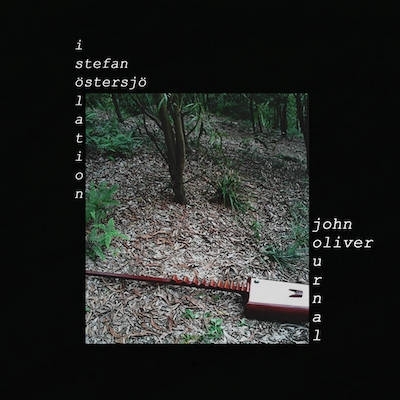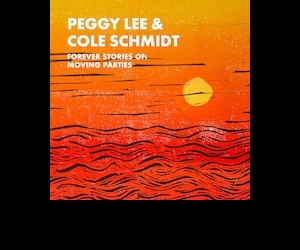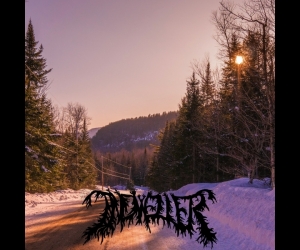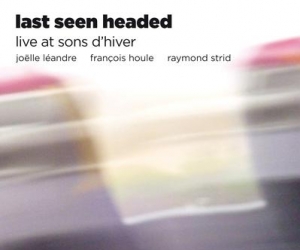Vancouver’s multifaceted John Oliver is a renowned composer and guitarist with vast experience—from opera to electroacoustic music. With COVID-19 restrictions limiting live performance opportunities over the past many months, it has been fascinating to observe the multitude of approaches that musicians have employed to keep the creative juices flowing. Here, Oliver contributes two innovative lockdown recordings he terms Isolation Journals.
The first, Isolation Journal, is a long-distance collaboration with Stefan Östersjö, a Swedish guitarist interested in intercultural collaborations and experimenting with exotic stringed instruments. Östersjö plays a long-necked Vietnamese lute called the đàn đáy, here strung with strings that extend several metres beyond the instrument and are suspended around trees. Using several microphones, Östersjö captured not only his playing of the instrument, but also the sound of the wind exciting the elongated strings. The surrounding soundscape of a mountain near the village of Ngang Nội in Vietnam, where Östersjö set up his instrument and performed, also features prominently. Oliver transformed Östersjö’s raw material into thirteen tracks, using a variety of techniques—from gentle processing that largely leaves the essence of the original auditory scene intact, to heavier transformations and remixing. Several tracks were created by sampling the extended lute, the nearby nature sounds, and the more distant sounds of the village, and triggering these sounds via keyboard improvisations. Without the benefit of the extensive liner notes, I am not sure I could have guessed much of the music’s origins, and even after reading the notes, the resulting sounds would be difficult to predict. For example, “The Listening Wind” is more alien than pastoral, as the description of mountains, a small village, and a pond might suggest. The latter sounds are heard at the start of “Pathways,” although that track eventually veers into more exploratory territory as well. “Mountain Spirits” combines both approaches, presenting an improvisation by Östersjö in the first half before a mutation of the same material in the second, focusing on the percussive attack of the lute. Throughout, juxtapositions of the original recording and inventive transformations transports the listener from rural tranquility to deep space and back.
While Isolation Journal journeys out to other lands, Isolation Journal 2 explores inner worlds. Oliver again electronically processes the playing of a duo partner, this time the bandoneon of British Columbia composer Douglas Schmidt. The subtle processing retains the spirit of the original concertina texture, focusing on extended sonorities and spatial placement. Listeners are invited to breathe along with the inhalations and exhalations of the air forced through the bandoneon’s bellows. The rising and falling arcs glisten, as harmonic content changes with varying pressure on the bellows and electronic transformations. Some tracks consist of slow drones, while others feature somewhat melodic material. I listened in different states of mind, sometimes slowing down and “breathing with the earth,” as the liner notes suggest, other times listening more actively. The recording is rewarding either way, with deeper listening revealing the constantly unfolding overtones characteristic of the bandoneon enveloped within the gauzy web of electronics.




